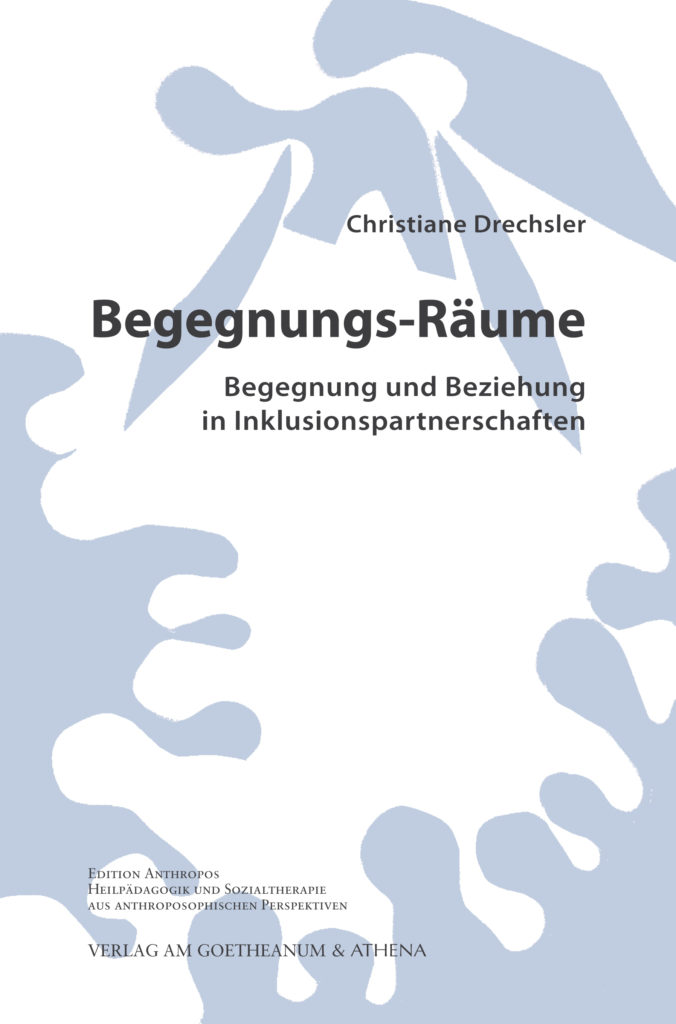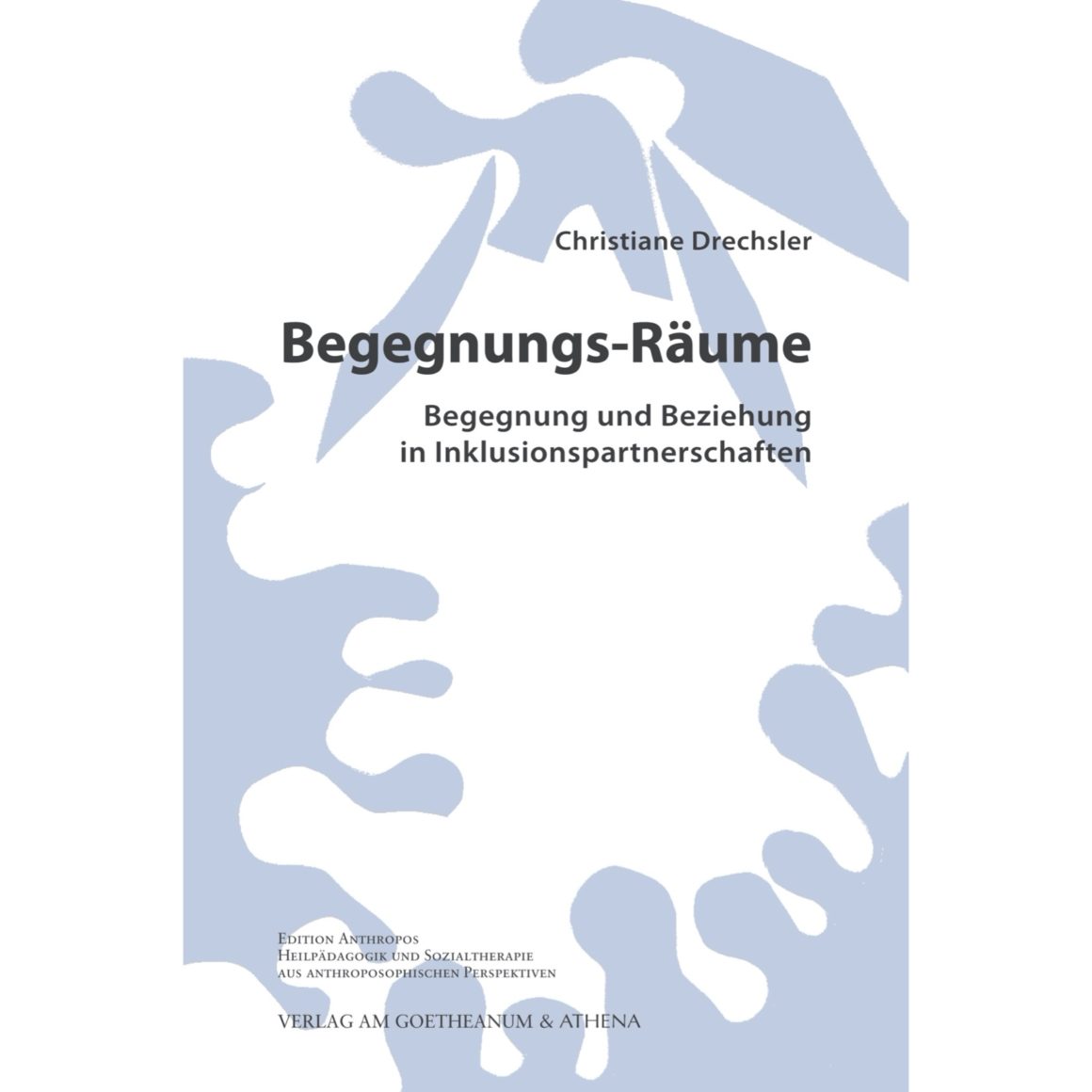Begegnungs-Räume

Christiane Drechsler
Begegnungs-Räume (Spaces of Encounter)
Begegnung und Beziehung in Inklusionspartnerschaften (Encounter and Relationship in Partnerships for Inclusion)
Edition Anthropos: Heilpädagogik und Sozialtherapie aus anthroposophischen Perspektiven, hg. von Jan Göschel, Bd. 7
1. Auflage 2019
Verlag am Goetheanum, CH-4143 Dornach, Schweiz
ISBN: 978-3-7235-1632-4
In the context of the Convention on the Rights of Persons with Disabilities, the development of social space generally has to do with the creation of accessibility, i.e. opportunities for people with disabilities to participate in public space. Thus, at least in theory, opportunities are created for people with and without disabilities to meet. However, it is questionable whether encounters do indeed occur quasi automatically through the mere use of the common social space: people with and without disabilities lived in parallel societies for too long; a circumstance that even the restructuring of disability assistance in the course of the reform of psychiatry and the principle of normalisation could not change.
The planning and implementation of a project for personal future planning in the leisure sector of people with intellectual and multiple disabilities in an inclusive housing project in the north of Hamburg now followed a completely new approach. With the help of inclusion partners without disabilities and a circle of supporters consisting of friends, parents and other persons from the social environment, the persons with disabilities doing the planning could (re)discover their interests and wishes. An important aim of the project was to show ways in which people with sometimes severe disabilities can organise their leisure time in a self-determined and individual way. Linked to this was an approach to social space development: By establishing offers for joint leisure activities for disabled and non-disabled people, the Wulfsdorf neighbourhood is to be upgraded in terms of the quality of living and leisure time. Central to the research process were two series of interviews with the planners, the inclusion partners and the mentors. The evaluation of the interviews brought partly astonishing results: It was not always a question of “more” offers, just as important could be arriving at one’s self and at the (still relatively new) place of residence or building up a friendship. The aim and content of the book is to let the participants have their say: Perhaps this example will serve as an aid for starting similar projects in other contexts.

